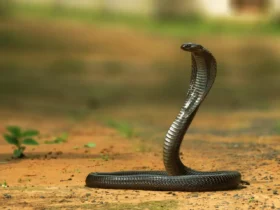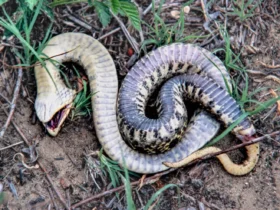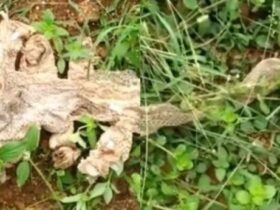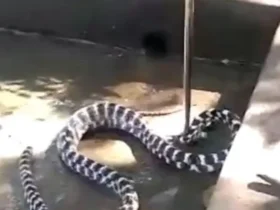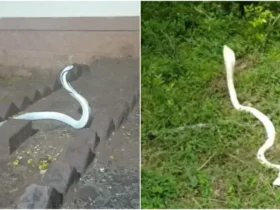The species of turtle with an eagle beak and a strange crocodile tail is on the verge of extinction
The peculiar turtles in Hong Kong, with eagle-like beaks, crocodile-like tails, and oversized heads, along with several other rare turtle species, are at risk of permanent disappearance due to illegal hunting.
Sung Yik-hei, an associate professor at Lingnan University, stated, “Hong Kong is one of the last turtle conservation strongholds in Asia.” He has been monitoring the city’s turtle population for over a decade and estimates that the number has decreased by 60% to 80% during that time.
“The situation couldn’t be worse,” he said.
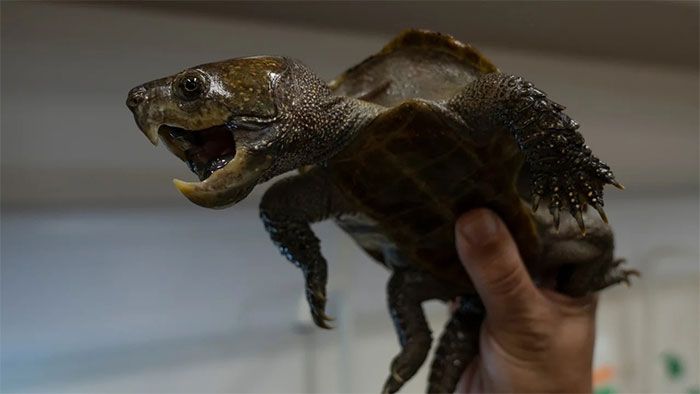
Market Boom
The suburban areas of Hong Kong with a tropical climate, abundant rivers and streams, and low human population serve as habitats for various freshwater turtle species.
Many of these turtles were once present in other regions of Asia, such as Vietnam, Thailand, Taiwan, and mainland China, but illegal hunting has depleted their populations to the extent that some species now exist with only a few hundred individuals, primarily in Hong Kong, according to CNN.
“In every stream I’ve visited recently, we have observed signs of illegal turtle hunting. We found traps or found no turtles at points where we knew they used to exist.”
Among the turtle populations he is struggling to conserve is the golden turtle (or three-striped box turtle), a species that was previously highly regarded for its medicinal significance. This turtle species has now become a sought-after pet, commanding prices of up to hundreds of thousands of dollars, as many believe that the golden stripes on its head symbolize prosperity.
Sung estimates that there are around 100 golden turtles remaining in Hong Kong, representing one of the last significant populations of this species worldwide.
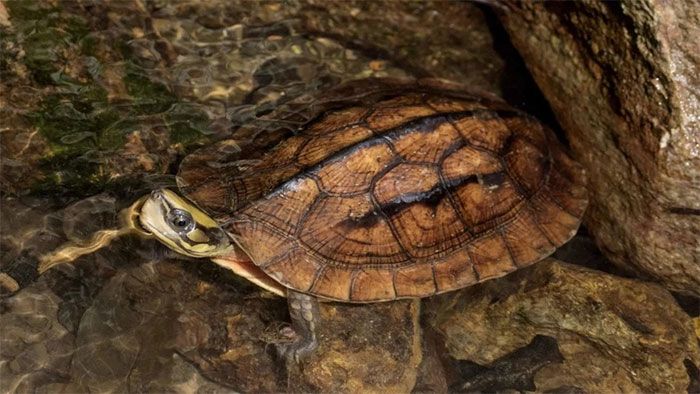
Facing a similar predicament is Beale’s eyed turtle (Sacalia bealei), with fewer than 200 individuals remaining in Hong Kong and an unknown, but likely small, number in mainland China.
This turtle species has a distinctive pattern of two eye-like markings on the back of its head. Its unique appearance has made it a notable commodity, with prices reaching hundreds of dollars in the black market.
Also among the most threatened species is the big-headed turtle. With an eagle-like beak, crocodile-like tail, and oversized head, this peculiar-looking turtle has become popular among those seeking exotic pets.
This species now has only a few hundred individuals remaining in Hong Kong, and the number in Cambodia, Myanmar, Thailand, and Vietnam may be even smaller. They are sold for prices up to $1,000 in the black market.
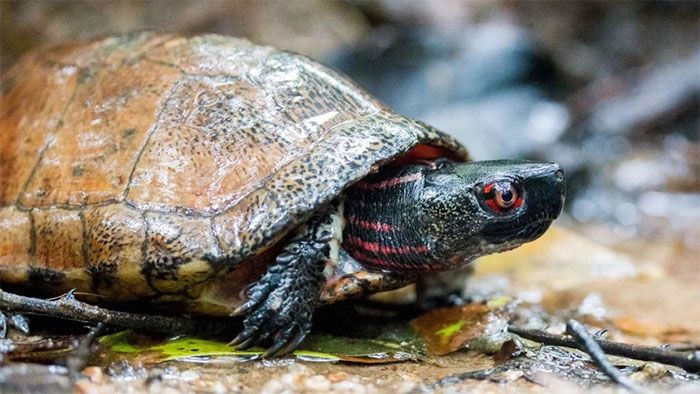
Inadequate Law Enforcement
None of the three turtle species mentioned are considered suitable for keeping as pets. Sung stated that the big-headed turtle, in particular, is unsuitable because it is challenging to create an enclosed environment that mimics its natural habitat.
Furthermore, under Hong Kong law, trading or keeping endangered turtle species is classified as a criminal offense, punishable by up to 10 years in prison and a fine of up to 10 million HKD (1.27 million USD), depending on the species.
However, illegal turtle trading activities still thrive in the city alongside legal imports.
Quoting publicly available data, the ADM Capital Foundation, a Hong Kong-based private research institution, stated that the city’s authorities have seized at least 17,900 live turtles from smugglers since 2015.
Bowie Chan Wing-wai, a 41-year-old operator of the Hong Kong Reptile Channel Facebook page, mentioned that keeping turtles and small reptiles is currently popular in the city. Many people in Hong Kong live in cramped homes and believe that these animals can be confined in small spaces such as boxes or small fish tanks indoors.
However, this perception is flawed because besides the physical space, other environmental factors such as sunlight significantly affect their health.
Sam Inglis, the Director of Wildlife Programmes at ADM, mentioned that export records show that only a few hundred out of 4.3 million turtles imported from 2015 to 2022 were legally re-exported. Most of them remain in the city, die, get consumed, or are illegally smuggled out of Hong Kong.
The Agriculture, Fisheries and Conservation Department (AFCD) of Hong Kong stated to CNN that they “spare no effort in combating illegal hunting to protect wildlife.” They have been working with the police and local animal protection groups to inspect nesting sites and remove animal traps.
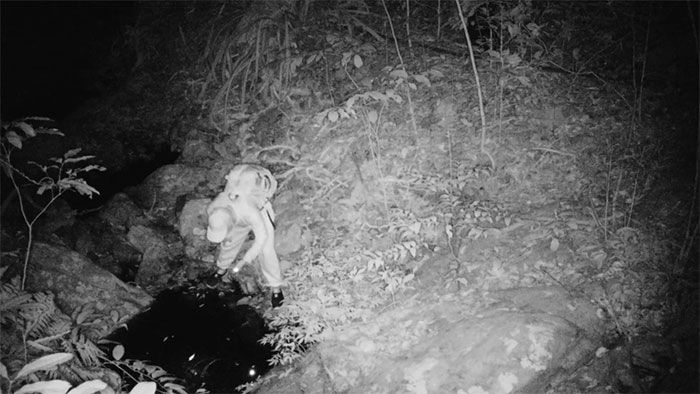
The department reported that they have successfully prosecuted 24 out of 47 cases of wildlife poaching detected since 2020. During the same period, they also successfully prosecuted 4 out of 38 cases related to the trade of endangered freshwater turtles.
However, the poachers remain undeterred. They often operate at night and are frequently armed. Sung took CNN to two locations where his camera equipment was damaged, which he believes was done by the poachers.
